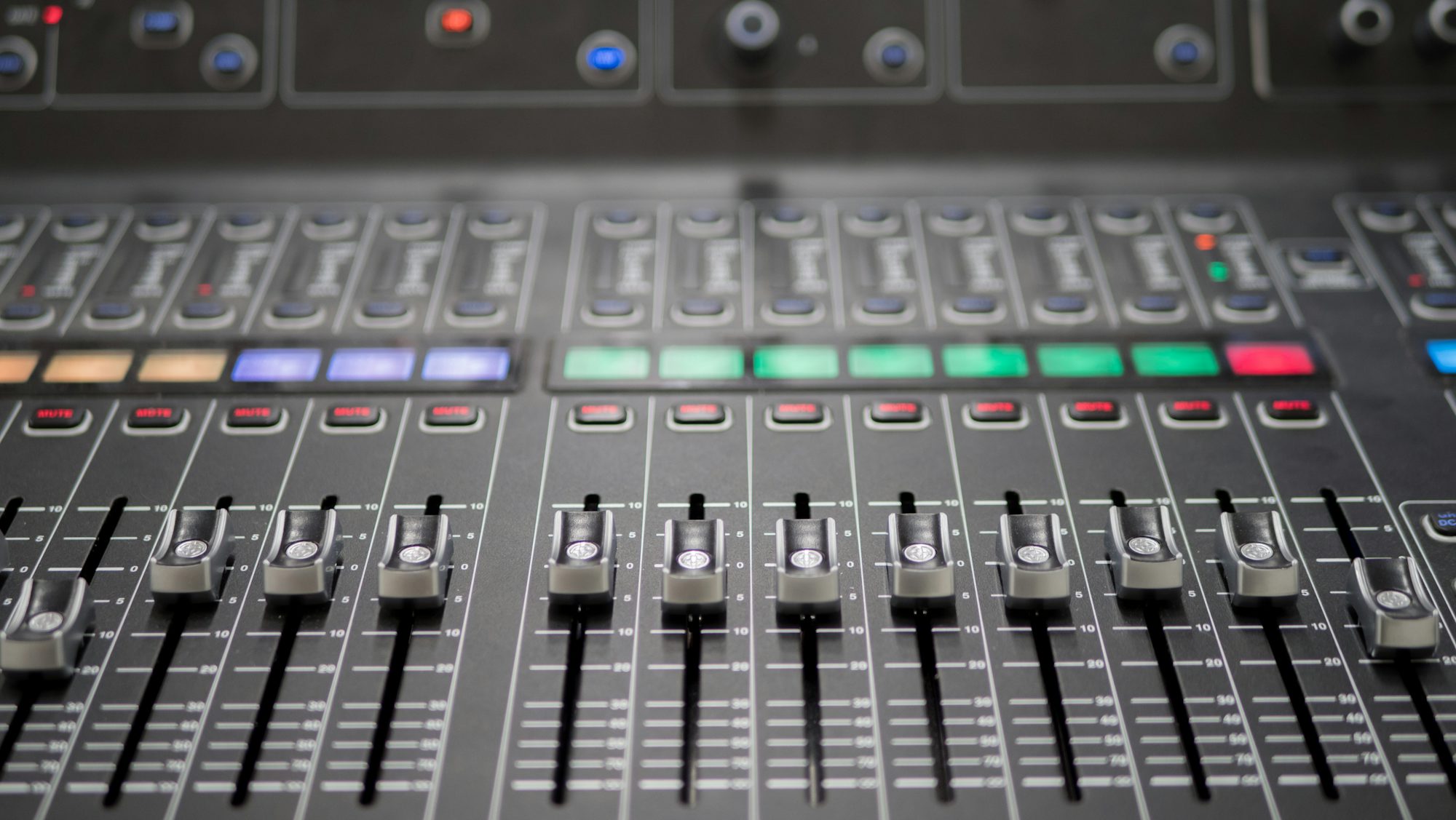Music production is an art form in its own right, intertwining creativity, technical skills, and a deep understanding of sound. In today’s fast-paced digital landscape, the role of a music producer has evolved dramatically, becoming an essential component of the music-making process. This article delves into the various aspects of music production, from the creative vision to the technical execution, and how these elements combine to shape the music we hear today.
Understanding Music Production
At its core, music production involves the process of creating a song or piece of music from conception to final product. This encompasses a wide range of activities, including songwriting, arranging, recording, mixing, and mastering. Each step is critical in ensuring that the music resonates with listeners and effectively conveys the artist’s vision.
Producers play a pivotal role in this process. They are not just facilitators; they are creative collaborators who help artists hone their sound and bring their ideas to life. A producer’s influence can be felt in every aspect of a track, from the choice of instruments to the arrangement of vocals. They often work closely with artists to ensure that the final product aligns with both their artistic intentions and marketability.
The Creative Vision
Every successful music production starts with a clear creative vision. This vision sets the tone for the entire project and guides the decisions made throughout the production process. Producers often begin by discussing the artist’s goals, desired sound, and target audience. This collaborative brainstorming session helps establish a roadmap for the project.
During the pre-production phase, producers may assist artists in refining their songs, suggesting changes to melodies, lyrics, or arrangements to enhance the overall impact. This phase is crucial, as it lays the groundwork for the recording process. By aligning on the creative direction, producers and artists can maximize their time in the studio, ensuring a smoother recording experience.
The Recording Process
Once the pre-production is complete, the recording phase begins. This is where the magic truly happens, as the producer works to capture the artist’s performance in the best possible light. In modern music production, this often takes place in a studio equipped with a variety of high-tech recording gear, including microphones, digital audio workstations (DAWs), and a range of instruments.
Producers must have a keen ear for sound quality and detail. They select the appropriate microphones and placements to capture the nuances of each instrument and vocal performance. Recording techniques can vary greatly depending on the genre and style of music being produced. For instance, capturing the raw energy of a rock band may require a different approach than recording an intricate string arrangement.
The Role of Technology
Technology has revolutionized the music production landscape, offering unprecedented tools and capabilities for producers. Digital Audio Workstations (DAWs) like Ableton Live, Pro Tools, and Logic Pro provide powerful platforms for recording, editing, and mixing music. These tools allow producers to manipulate sound in ways that were previously unimaginable, giving them greater creative freedom.
In addition to DAWs, various plugins and virtual instruments expand the sonic palette available to producers. They can simulate everything from classic analog synthesizers to orchestral instruments, allowing for endless experimentation. The integration of technology has also led to the rise of remote collaboration, where artists and producers can work together from different locations, making music production more accessible than ever.
Mixing: Bringing It All Together
Once all the elements of a track have been recorded, the mixing phase begins. This is where the producer’s artistic vision truly comes to life, as they balance the various components of the song. Mixing involves adjusting levels, panning sounds across the stereo field, adding effects like reverb and delay, and ensuring that each element complements one another.
A skilled mixer possesses a deep understanding of audio dynamics and spatial awareness. They must carefully consider how each instrument fits into the overall mix, creating a harmonious sound that resonates with the listener. This phase can be both creative and technical, requiring producers to apply their musical intuition while also utilizing their technical skills.
Mastering: The Final Touch
After mixing, the track moves to the mastering stage, which is the final step before release. Mastering ensures that the music sounds polished and professional across all listening platforms, whether on vinyl, streaming services, or radio. A mastering engineer applies subtle enhancements to the mix, adjusting EQ, compression, and limiting to achieve a balanced and dynamic final product.
This stage is crucial, as it ensures that the track will translate well in various playback environments. Mastering also involves preparing the final files for distribution, ensuring that they meet the technical specifications required by different platforms.
The Evolution of Music Genres Through Production
As music production techniques have advanced, so too have the genres themselves. The fusion of different styles has led to the emergence of new genres, as producers experiment with blending elements from various musical traditions. For instance, the rise of electronic music has seen genres like EDM, dubstep, and trap flourish, often characterized by intricate production techniques and innovative sound design.
Producers play a crucial role in this evolution, as they push the boundaries of what is possible within a genre. Their willingness to experiment and collaborate with artists from diverse backgrounds has led to the creation of hybrid genres that defy traditional categorization. This continuous evolution keeps the music scene fresh and exciting, as artists and producers seek new ways to connect with audiences.
The Future of Music Production
Looking ahead, the future of music production is poised for even greater innovation. As technology continues to evolve, so too will the tools and techniques available to producers. The rise of artificial intelligence and machine learning is already beginning to impact music production, with software that can assist in composing, arranging, and even mixing tracks.
Additionally, the growing importance of sustainability in the music industry is leading to more environmentally conscious production practices. Producers are exploring ways to reduce their carbon footprint, from using energy-efficient equipment to sourcing materials responsibly.
Conclusion
The art of music production is a dynamic and multifaceted discipline that combines creativity, technical expertise, and a deep understanding of sound. Producers serve as the driving force behind the music we love, collaborating with artists to bring their visions to life. As the music industry continues to evolve, the role of the producer will remain integral, shaping the soundscapes of tomorrow and pushing the boundaries of musical expression. By embracing innovation and collaboration, music production will continue to inspire and connect people across the globe.


